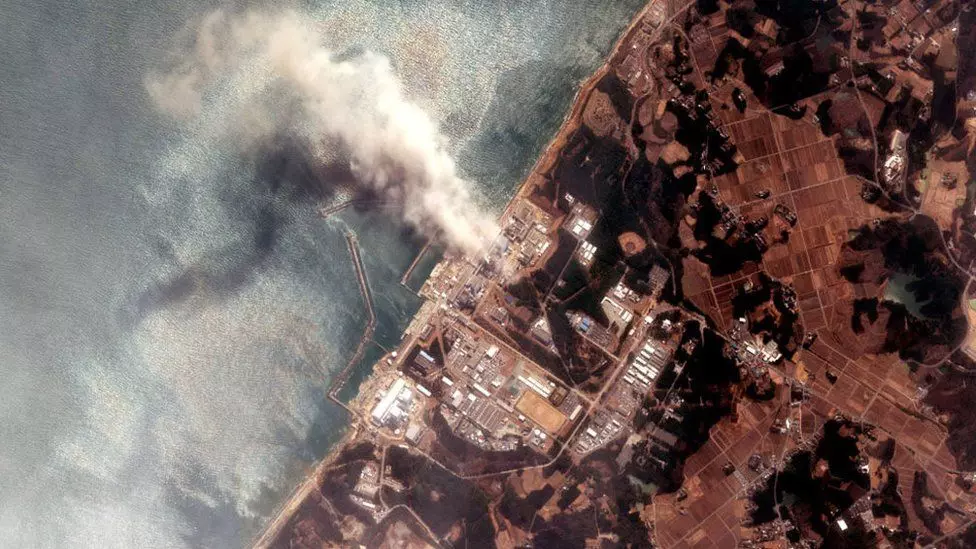
Experts use snakes to measure radiation levels in Fukushima
text_fieldsResearchers are using snakes to measure the radiation levels in the area around the Fukushima Dai-ichi nuclear plant, which suffered in March 2011 following the tsunami.
One of the lead researchers, Hannah Gerke, said that snakes are important in the ecosystem as they are both predators as well as prey. The snake study is an attempt to understand the long-term effects of radiation exposure in Fukushima, reported The Guardian.
The snakes used by researchers are radioactive due to the limited distance they travel and time spent in contaminated soil. They have useful biomarkers showing radiation exposure. Scientists have fixed dosimeters and GPS movement trackers on rat snakes with duct tapes and superglue to monitor levels of radiation, primarily radiocesium 134 and 137.
In March 2011, the Fukushima plant suffered triple meltdowns triggered by a giant tsunami. It released more radiation into the atmosphere than any other nuclear disaster except Chernobyl in 1986. The incident forced 150,000 people to flee, and nearly 400 sq km is still unfit for human habitation.
Snakes often travel within 24 km of their home environment. Researchers have found snakes in the zone where people are not recommended to live, and they showed radiocesium levels around 22 times higher than those from outside.
Gerke told 'The Guardian' that radiocesium 134 and 137 tends to bind to soil and accumulates in the muscle tissue of snakes. But the researchers still do not understand what level would be harmful.
The study also found that the level of radiation has declined since the accident due to the natural decay of the contaminants.
The results are published in the Ichthyology and Herpetology journal.























